News
Wild Coyotes Are Expanding Across These 10 U.S. States
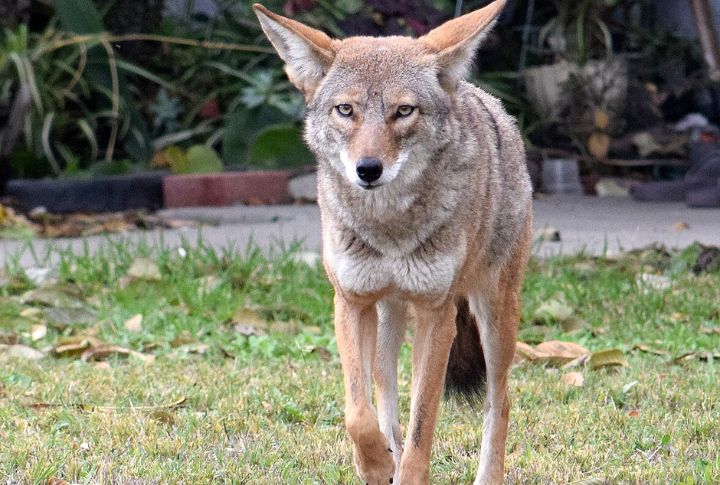
Coyotes are among the most adaptable and intelligent animals in North America. Once limited to wild landscapes, they have increasingly made suburban and urban areas their home. Their ability to survive and thrive has led to growing populations in unexpected places. Here are ten U.S. states where coyotes are expanding rapidly.
Texas
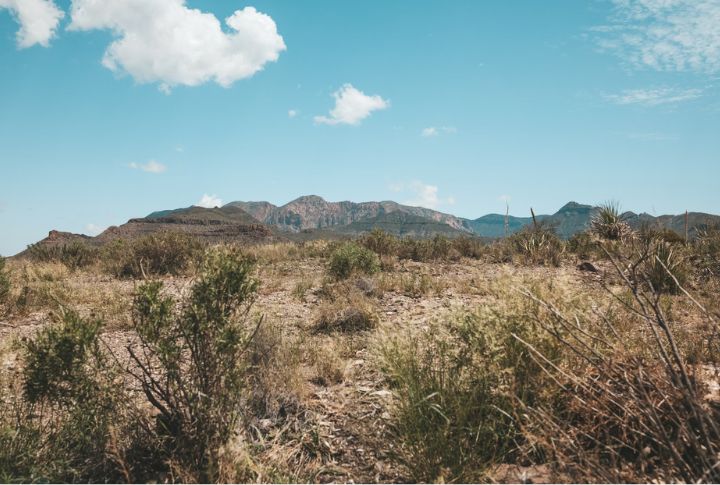
With an estimated 859,510 coyotes, Texas leads the nation in population. Their presence spans deserts, forests, and urban areas, showcasing their remarkable adaptability. While ranchers often view coyotes as pests due to their impact on livestock, these predators also play an important role in controlling rodent populations.
California

In the state of California, the coyote population ranges from 250,000 to 750,000. Sightings are common in major cities like Los Angeles and San Francisco. In fact, some coyotes have even learned to use crosswalks, demonstrating their remarkable adaptability in urban settings.
Arizona
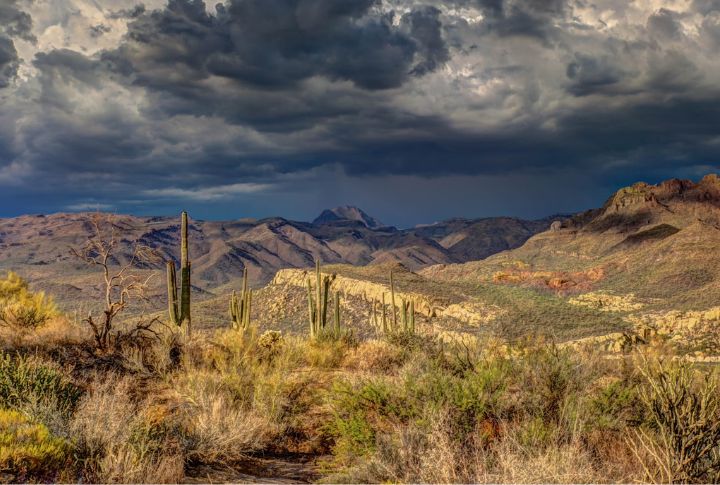
Arizona’s 200,000 coyotes have mastered survival in extreme heat. Specifically, their ability to go days without water and to hunt primarily at night helps them thrive in the harsh desert environment. However, despite their resilience, ongoing human expansion continues to threaten their natural habitats.
Arkansas
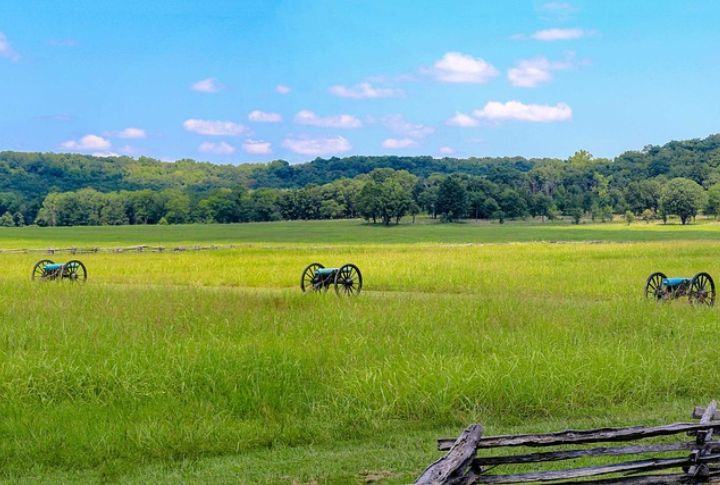
With figures around 106,3560, Arkansas coyote populations have the potential to double in the near future. The ability to blend seamlessly into forests and suburban areas ranks them among the most adaptable predators in the state. To reduce coyote scavenging near homes, securing trash bins is a practical and effective step for residents.
Kansas

Kansas is home to approximately 150,000 coyotes, with some estimates suggesting the population could reach 300,000. These predators play a vital role in open prairies by controlling populations of small mammals. However, farmers often debate their role, weighing the benefits of natural pest control against concerns over livestock protection.
New Mexico
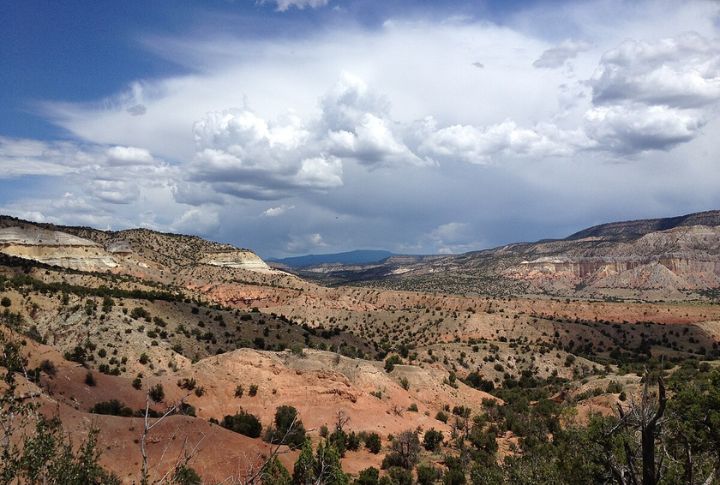
New Mexico’s 125,000 coyotes thrive in desert terrains, relying on stealth and intelligence to avoid predators and humans alike. Their predominantly nocturnal habits allow them to hunt efficiently while remaining largely unseen. Moreover, coyotes can adjust their vocalizations to mimic a larger pack, a clever strategy that helps deter potential threats.
Pennsylvania
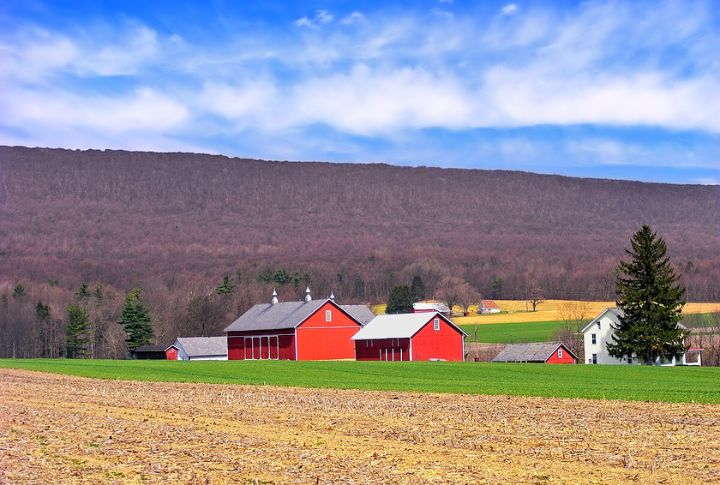
The coyote population in Pennsylvania has grown to about 100,000, expanding into wooded regions and thriving in both rural and suburban areas. This increase has sparked debates over hunting regulations—while some advocate for population control, others recognize the ecological benefits coyotes provide. Their growing numbers underscore their remarkable ability to coexist with human development.
Georgia

Roughly 90,000 coyotes live in Georgia, and their presence in suburban neighborhoods continues to rise. Known for their stealth, they make use of parks and other human spaces as food sources. In some cases, they’ve been spotted acting like pet dogs to avoid detection.
Wyoming
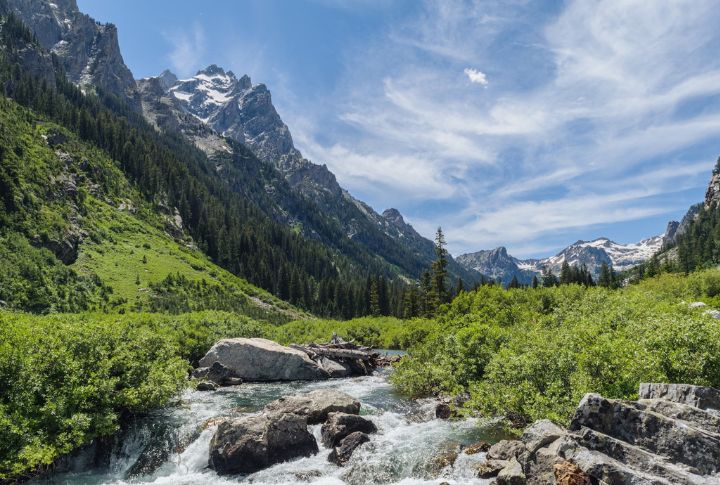
Rough terrain and cold winters challenge Wyoming’s 86,000 coyotes, who use speed and thick coats to survive. Hunting behaviors shift seasonally to meet changing food supplies. Wildlife officials study these changes to track movements and create plans for population management across the state.
Oregon
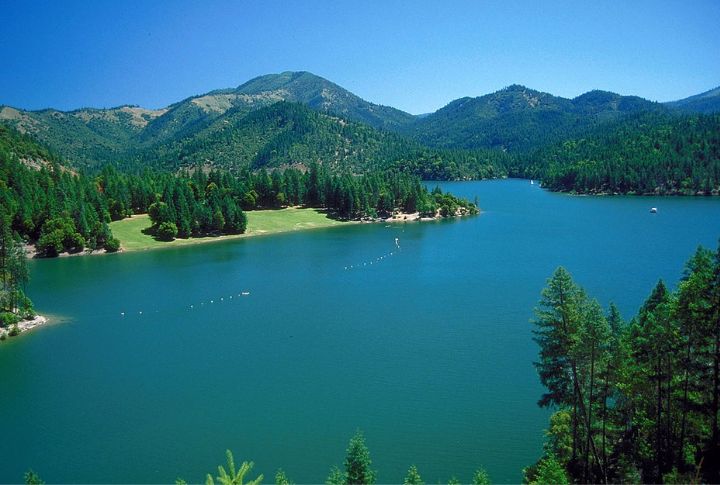
Oregon is home to 83,695 coyotes, who balance life between dense forests and expanding urban areas. Their ability to adjust hunting patterns according to the seasonal availability of prey ensures their continued survival. Overall, their presence reflects nature’s resilience and capacity to persist alongside increasing human expansion.

